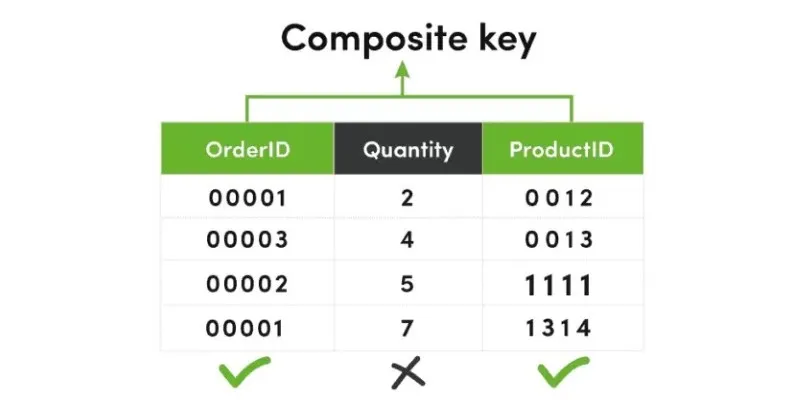Artificial intelligence (AI) is revolutionizing the insurance industry by enhancing risk assessments and creating personalized insurance plans tailored to individual needs. Insurers leverage AI to streamline processes, improve customer experiences, and reduce fraud, benefiting both companies and consumers. This transformation leads to fairer, more efficient, and cost- effective coverage.
The Role of AI in Insurance
AI plays a crucial role in modernizing the insurance sector. By analyzing vast amounts of data, AI enables insurers to predict risks , detect fraud, and customize policies. Key applications include:
- Automated Claims Processing: AI-powered bots and machine learning models quickly and fairly assess claims, reducing processing time and human errors.
- Fraud Detection: AI identifies suspicious activities by analyzing large datasets and spotting inconsistencies in claims.
- Customer Service Automation: Chatbots and AI assistants provide instant support, answer queries, and guide customers through policy selection.
- Risk Assessment: AI evaluates data points like driving behavior, health records, and financial history to determine risk levels for individuals and businesses.
These advancements enable insurers to make informed decisions while cutting operational costs and enhancing customer satisfaction.
Personalized Insurance Policies with AI
Traditionally, insurance policies were based on broad categories, meaning many policyholders paid for coverage they didn’t need. AI changes this by enabling hyper-personalization, offering policies tailored to specific risks and behaviors.
How AI Personalizes Insurance Policies

AI collects and analyzes extensive customer data, such as:
- Lifestyle Habits: AI tracks physical activity, diet, and health trends to adjust health insurance premiums.
- Medical History: AI models assess medical records to determine health risks and offer appropriate coverage.
- Driving Behavior (for Auto Insurance): Telematics devices monitor driving patterns, including speed and braking habits.
- Spending Patterns: Financial habits and credit scores help assess financial stability, influencing policy terms.
By using this data, insurers create tailored policies that better reflect an individual’s actual risk profile. For instance, a person who exercises regularly may receive lower health insurance premiums, while a cautious driver might benefit from reduced auto insurance rates.
Usage-Based Insurance (UBI)
Usage-based insurance (UBI) is an AI-driven model where premiums are determined by actual usage or behavior rather than fixed categories. Examples include:
- Pay-as-you-drive (PAYD): Auto insurance rates based on miles driven, benefiting low-mileage drivers.
- Pay-how-you-drive (PHYD): Insurance pricing adjusted based on driving behavior, tracked via telematics.
- Behavior-based Health Insurance: Premiums calculated using fitness data from wearable devices.
This AI-driven approach ensures fairness and encourages customers to adopt safer and healthier habits to reduce insurance costs.
AI and Risk Assessment in Insurance
Accurate risk assessments are essential for setting reasonable rates and reducing losses for insurers. AI improves risk assessment by analyzing large datasets and identifying risk indicators that traditional methods might miss.
Advanced Analytics for Risk Prediction
AI algorithms analyze a wide range of structured and unstructured data sources, including:
- Credit Scores: Financial behavior and creditworthiness help insurers assess the risk of policyholder defaults.
- Social Media Activity: AI evaluates online behaviors to assess lifestyle risks.
- Weather Patterns (for Property Insurance): Historical climate data predicts potential risks for homeowners.
- Wearable Device Data (for Health Insurance): Smart devices track health metrics to assess risks.
AI-driven risk assessments allow insurers to determine pricing models more accurately and reduce underwriting losses.
Fraud Detection and Prevention with AI

Insurance fraud is a significant issue, costing companies billions annually. AI-driven fraud detection helps insurers identify and prevent fraudulent claims before they lead to financial losses.
How AI Detects Fraud
AI enhances fraud detection by:
- Analyzing Claim History: AI scans past claims to spot unusual patterns or inconsistencies.
- Cross-referencing Claims with External Data Sources: AI compares claim details against other records to verify legitimacy.
- Using Image Recognition: AI detects manipulated documents, fake injury photos, or staged accident images.
- Identifying Behavioral Patterns: Machine learning models track suspicious activities, such as frequent or similar claims.
Machine learning continuously improves its fraud detection accuracy, ensuring that genuine claims are processed swiftly while minimizing fraudulent activities.
Challenges of Implementing AI in Insurance
Despite its benefits, integrating AI into the insurance industry poses challenges:
- Data Privacy Concerns: Customers may worry about how their data is collected and used.
- Regulatory Compliance: AI-driven policies must comply with strict industry regulations for fairness and transparency.
- Ethical Considerations: AI algorithms must avoid discrimination based on factors like age, gender, or socioeconomic status.
- Technology Integration: Traditional insurance companies often face challenges integrating AI into legacy systems.
To successfully implement AI, insurers must adopt transparent AI models, ensure regulatory compliance, and educate customers on the benefits of AI- driven policies.
Conclusion
AI is transforming the insurance industry by providing personalized policies and improving risk assessment. Insurers leveraging AI technologies can offer better coverage, fairer pricing, and enhanced customer experiences. By using AI-powered data analytics, machine learning, and automation, insurers can make better decisions, reduce fraud, and offer more customized policies that align with an individual’s specific risk profile. The ability to accurately assess risks and tailor insurance plans benefits both policyholders and insurers by creating a fair and efficient system.
 zfn9
zfn9























